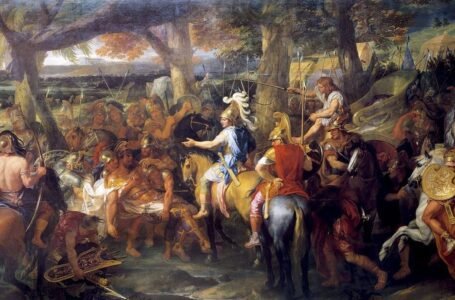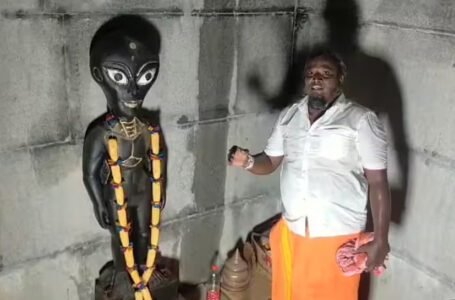Aruna Asaf Ali: Indian Political Activist and Publisher
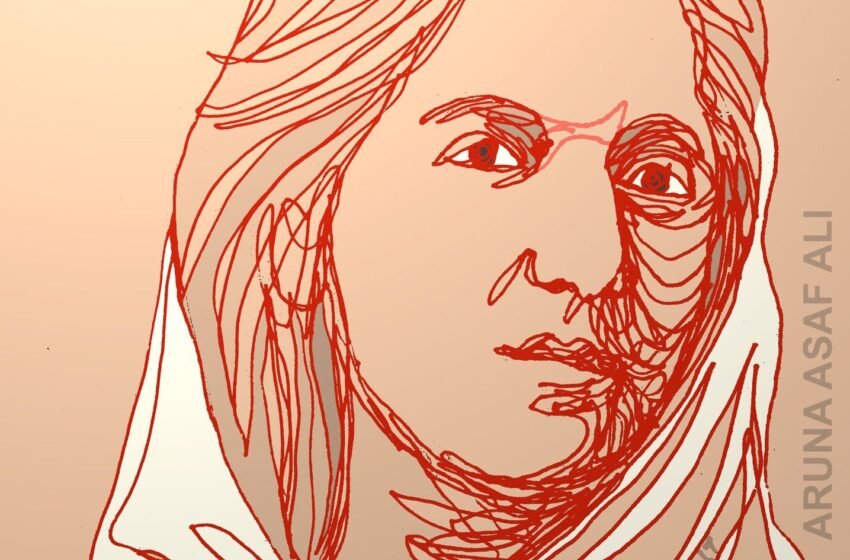
Indian freedom movement and independence might not be possible without the possibility of female activists. Women of the early and middle 20th century in India were made to be housebound because of society and its misconceptions. Slowly to make them out, women came out of the house and explored the world. Women’s education was rarely possible for some; still women like Savitribai Phule, Dr.Muthulakshmi Reddy and some more made that fact possible by their achievements. Here we see Aruna Asaf Ali, a female political activist and educator who inspired many.

Personal Life of Aruna:
Aruna Asaf Ali was born Aruna Ganguly on 16th July 1909 in Kalka Punjab (present-day Haryana). Her father Upendranath Ganguly owns and runs a restaurant; he belongs to the Barisal District of Eastern Bengal (now Bangladesh). Later he settled in the United Province. Her mother Ambalika Devi belongs to the Bengal Brahmin Community. Ambalika’s father was a renowned Brahmo leader, Trailokyanath Sanyal. Aruna Sister Purnima Banerjee was a member of the Constituent Assembly of India.
Aruna finished her school education at Sacred Heart Convent in Lahore. She completed her Bachelor’s degree at All Saint’s College in Nainital. Aruna worked as a teacher at the Gokhale Memorial School in Calcutta. In 1928 she met a progressive Barrister, Asaf Ali in Allahabad, who was also senior by 20 years and also a member of the Indian National Congress. Both Aruna and Asaf’s ideologies and thoughts were similar so they got married in the same year despite both family objections because of different religions and ages.
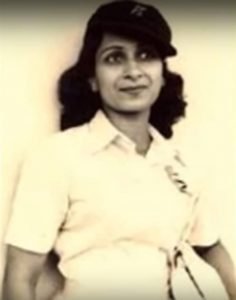
Aruna Asaf Ali’s contribution in the Freedom Movements:
Aruna became a member of the Indian National Congress after she got married to Asaf Ali. She also took part in many non-violent movements during the Salt Satyagraha in 1930. She got arrested at the age of 21 for being a Vagrant and was imprisoned. In 1931, during the Gandhi – Irwin pact when all political prisoners were released, Aruna Asaf Ali remained imprisoned in concurrence to release other prisoners; only after Gandhi’s intervention, Aruna was released. In 1932, she protested for the treatment of political prisoners by hunger strike. So, she was imprisoned again at the Tihar Jail. She also fought for the other women prisoners’ justice and improved the conditions inside the Tihar Jail, so she was subjected to solitary confinement and was moved to Ambala. After her release, she was not politically active and became a member of an underground movement.
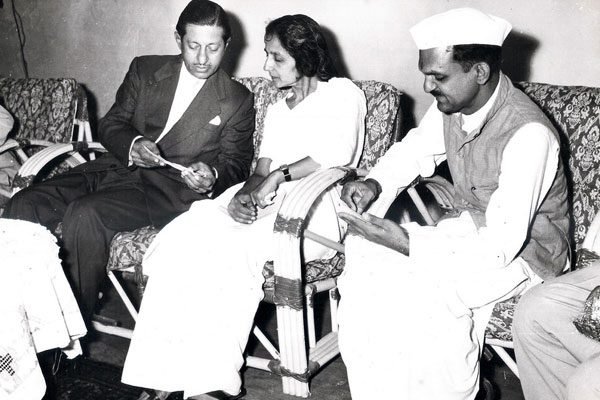
A historical change happened in both her life and the Indian freedom movement on 8th August 1942. All India Congress Committee passed the Quit India resolution at the Bombay Session. The British government arrested the major leaders and the members of the Congress Committee. Upon all the important leaders of the committee in jail, Aruna who was already the part of underground movement took the lead and hoisted the congress flag at the Gowalia Tank Maidan on 9th August 1942 before the huge crowd and the party workers; it was the beginning of the Quit India Movement. The Police fell back on lathi charge and tear gas shells to disperse the crowd who came to witness the event. They also sentenced the arrest warrant for Aruna Asaf Ali; to save her from detain, she went underground.
While she was in her underground movement, her property was seized and sold. She also edited Inquilab, a monthly magazine of the Congress Party during her underground days. She encourages the youths of India to fight for independence through revolution. After her disappearance, the British Government announced a reward of Rs.5000 for her capture. She was urged to surrender but said that “she had done only her duty so I won’t get arrested”. She came out of hiding only after the arrest warrant in her name was withdrawn in 1946.
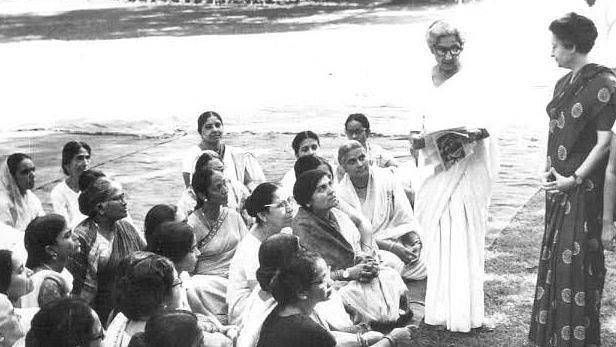
Life after Independence:
After the independence of India, Aruna became a member of the Congress Socialist Party. Disappointed with the progress of the Congress Party on Socialism, she quit the party and joined the Communist Party of India in the ‘early 1950s. Her husband Asaf Ali died in 1953; Aruna suffered a personal tragedy in her life.
She played an important role in the formation of the National Federation of Indian Women in 1954, the women’s wing of the Communist Party of India. Soon, she left the party when Nikita Khrushchev’s rise upon the death of Joseph Stalin in 1956. In 1958, she became the first Mayor of Delhi. For the social welfare and development in Delhi, she was closely associated with many social activists like Krishna Menon, Vimla Kapoor, Guru Radha Kishan, Premsagar Gupta, Rajani Palme Joti, Sarla Sharma and Subhadra Joshi.
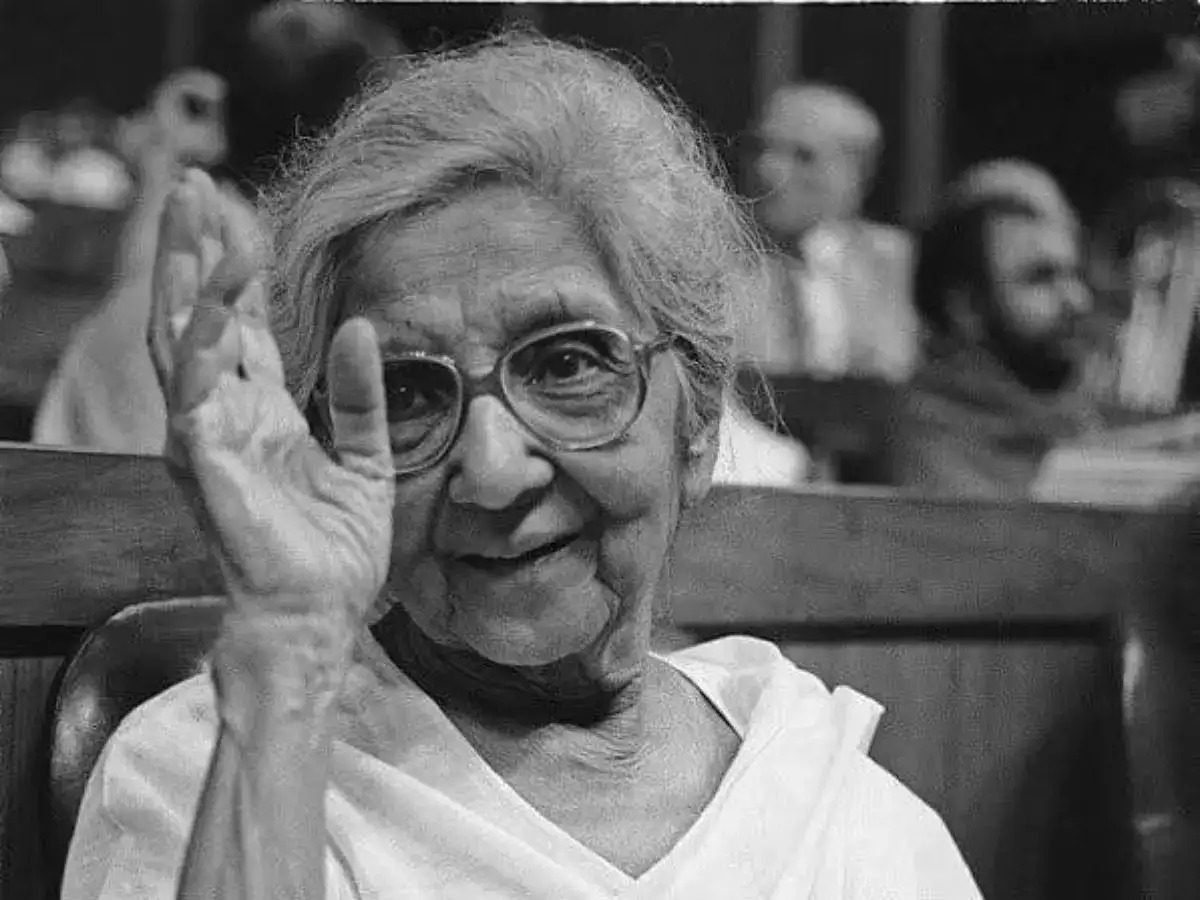
Aruna Asaf Ali and Edatata Narayanan started Link Publishing House and published “Patriot” – a daily newspaper and a weekly newspaper, “Link”. This publication became very reputable with the support of notable leaders, Jawaharlal Nehru, Krishna Menon, and Biju Patnaik. Because of the internal politics in the Publications, she moved out. She remained close to Indira Gandhi and Rajiv Gandhi; and again rejoined the Congress in 1964 amidst the critic of the Emergency.
Aruna was dedicatedly support for the empowerment of Dalits. She also opposed “needless industrialization”, because she believed that, “the act of industrialization leads to the environmental degradation and social alienations”. She faced criticism from feminist groups for her resisting prior discrimination for women. She believed that education and better health care could make women’s development strong in the future. Despite her Political works, Aruna also made much development when she was appointed as the Mayor of Delhi. Aruna Asaf Ali died at the age of 87 on 29th July 1996 in New Delhi.
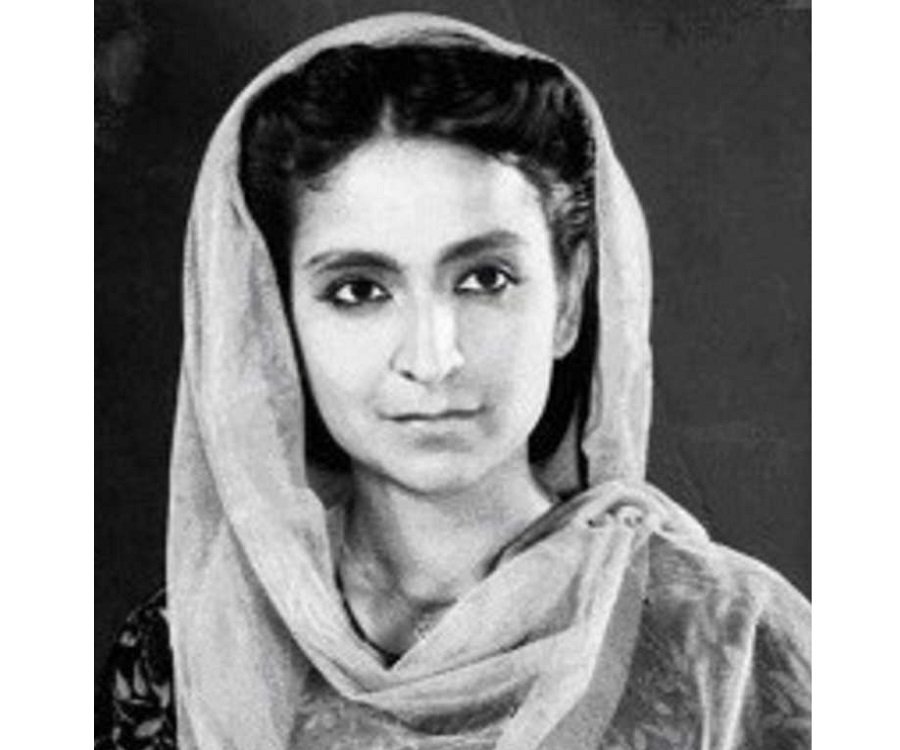
Awards and Recognitions:
Aruna was considered as the “Queen of the 1942 movement” for her bravery. She was also regarded as the “Grand Old Lady of Indian Independence” for her participation in the Liberation movement. She was listed by awards during her lifetime and after her death:
- International Lenin Peace Prize in 1964.
- Jawaharlal Nehru Award for International Understanding in 1991.
- Padma Vibhushan in 1992.
- Bharat Ratna in 1997, posthumously.
- A stamp honouring her was released in 1998.
Additionally, Aruna Asaf Ali Marg in New Delhi was named after her. All India Minorities Front distributes the Dr. Aruna Asaf Ali Sabdhawana Award annually to honour her service. On January 27, 2022, the Union Minister of State for Culture, released a pictorial book on India’s Women Unsung Heroes of Freedom Struggle as part of Azadi ka Mahotsav; Aruna Asaf Ali was featured in the Book for her contribution to the nation.

